What is a trade dress and how it can protect your brand
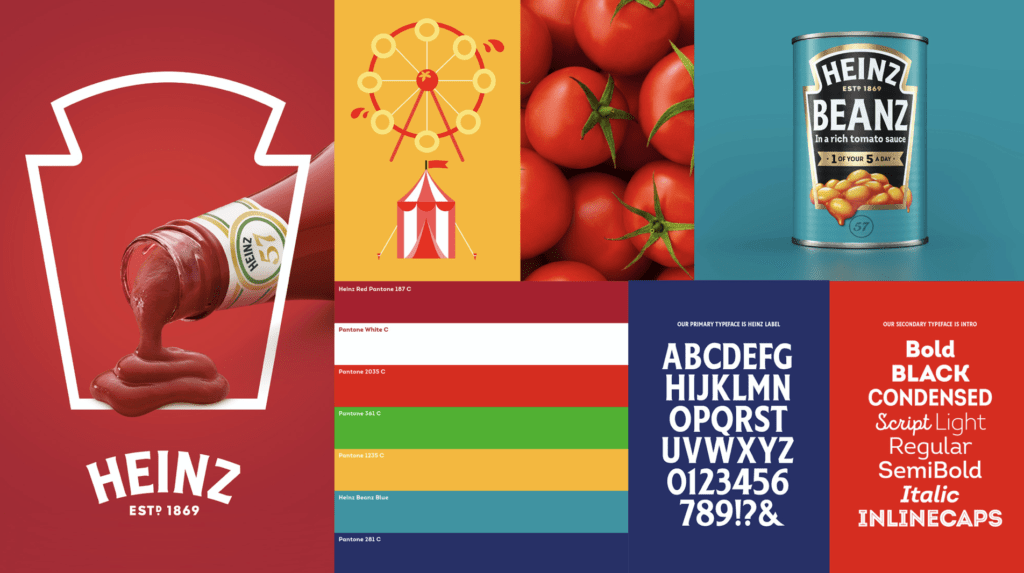
As any business knows, each product has a distinctive look and feel—one that is often a signature look that is protected as the brand’s trade image. When running a business, there is the risk that your product’s look might be copied or infringed on, which is where trade dress comes in. If you’re wondering what […]
Afraid of Culture Wars When Re-Branding?

Here’s how to handle rebrand planning and implementation in a way that promotes cultural integration and unity
Why Do Rebrands Elicit Such Strong Reactions?
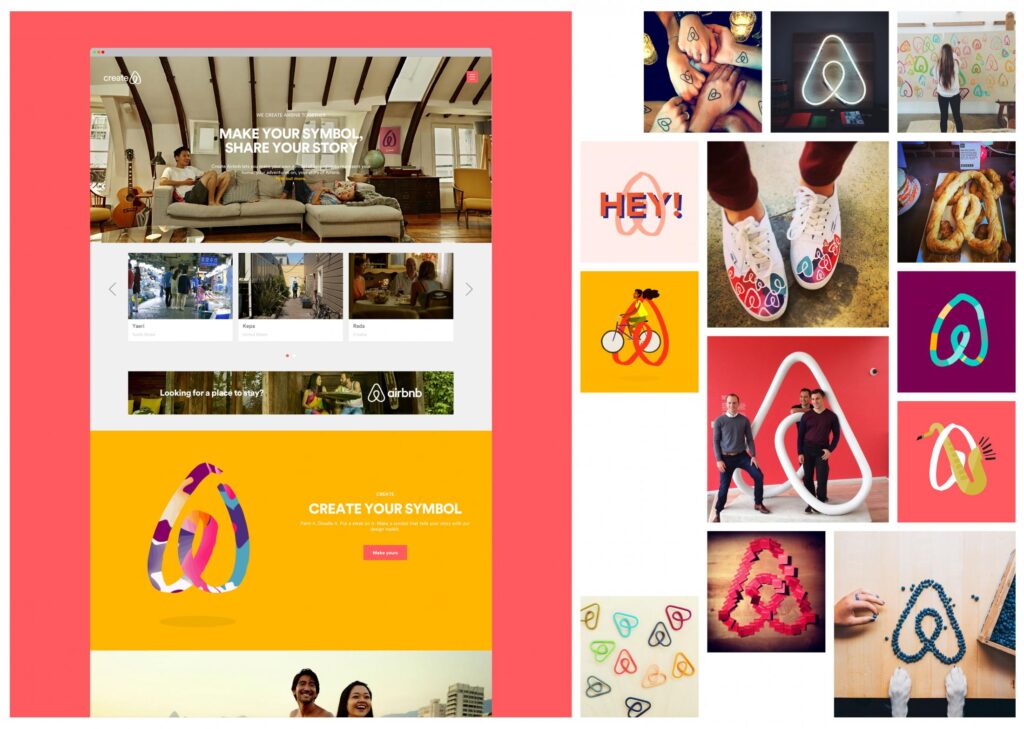
Design is the visual voice of a brand. It tells their story and shares their values. Aside from the product they deliver, their brand story— and how it is delivered and connects with their audience— is one of the most important tools a brand has. This simple fact makes change extraordinarily difficult.
Featured Speaker at the Small Business Expo
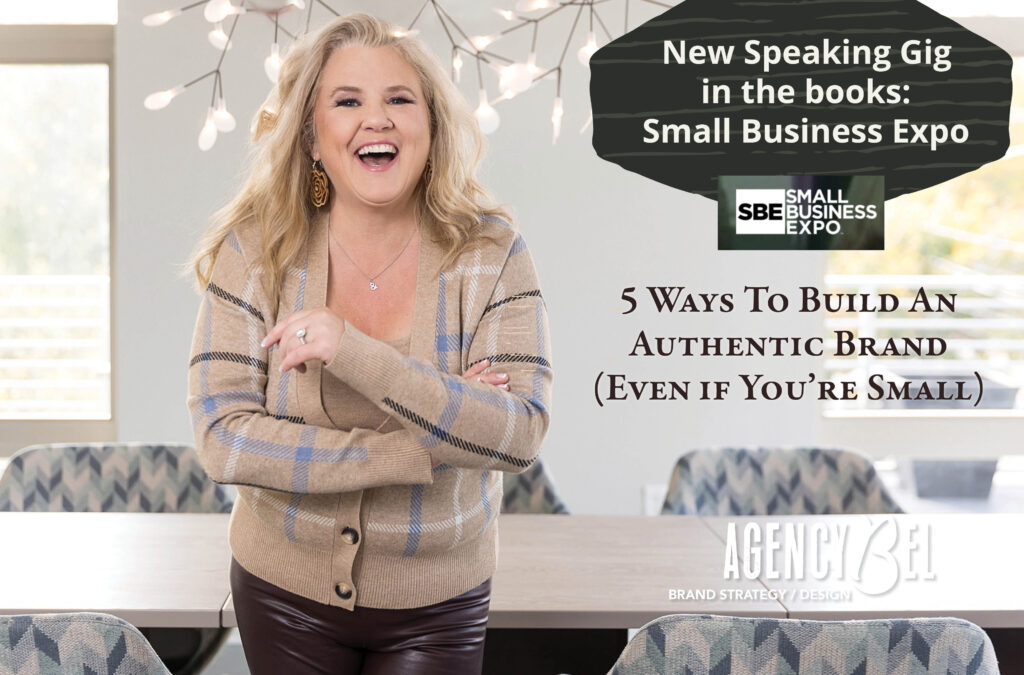
Small Business Expo Boston APRIL 13, 2023 3:30 pm room 2 The Westin Seaport Laura Sauter is a speaker, branding expert, and educator. As a consultant she has worked with some of the largest companies in the area including Fidelity, Raytheon, Philips, Biogen and TJX. But she has also worked with many more small companies, […]
Rapidly expanding Boston Developer and Investor acquires a new name that reflects future potential
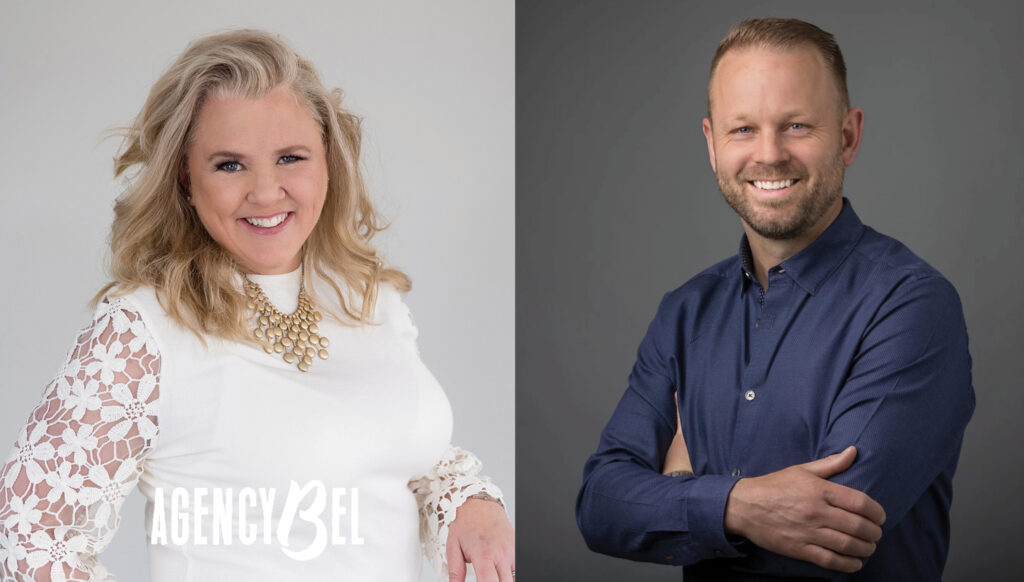
Rapidly expanding Boston Developer and Investor N6 Properties acquires a new name that reflects future potential
4 Vs of Branding

Vision, Voice, Visuals and Versatility.Smart and attractive graphic design is one thing, but developing a cohesive and effective brand is something else. Here, we make sure your image reflects the essence of your brand. Designers create layouts, graphics and logos, but the reality is that your audience doesn’t see a layout, graphic or logo; instead, […]
Agency Bel helps local change maker to launch Cocktails In Hell, an elixir brand for spirited women.
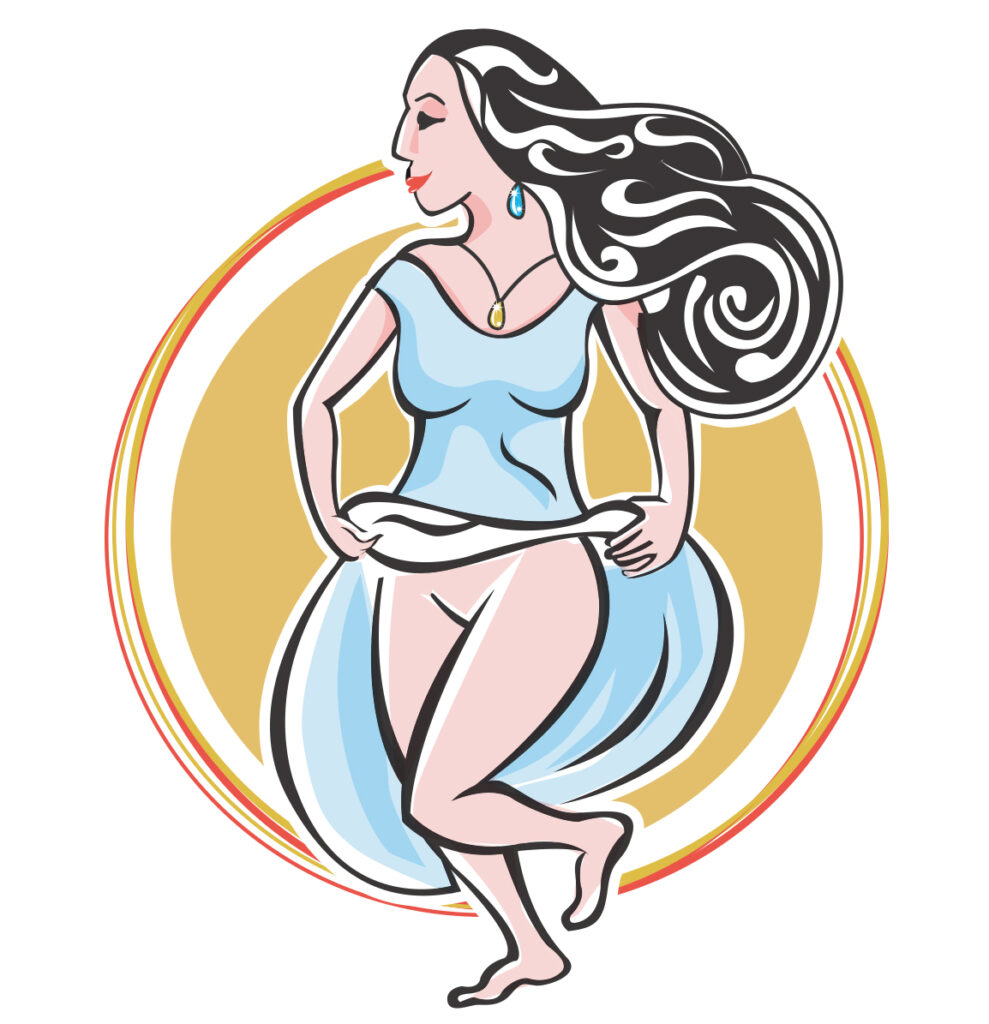
Agency Bel works with an unlikely change maker to launch Cocktails In Hell, an elixir brand for spirited women who are ready to cut loose and laugh out loud. The brand promise is to BE TRUE TO YOUR WILD SIDE AND LIFE WILL NEVER BE THE SAME AGAIN. WE PROMISE. WE ARE COCKTAILS IN HELL™ […]
What to expect when you’re expecting a rebrand: your guide to successful implementation
When you’re in the early stages of planning a rebrand, it’s normal to have more questions than answers about how to proceed. And that’s especially true if you’ve never been through a rebrand before. It’s hard to fathom the enormity of the challenge ahead of you — let alone accurately estimate how much it will […]
Interior Architecture Client testimonial
On helping his interior design firm rebrand after 20 years : “Laura did a phenomenal job listening! A lot of designers fall into applying their own personal preferences instead of listening to their client. She took our opinions and filtered them through her own creative lens. We really liked how she attacked the problem from […]
Client and Fellow Board member testimonial
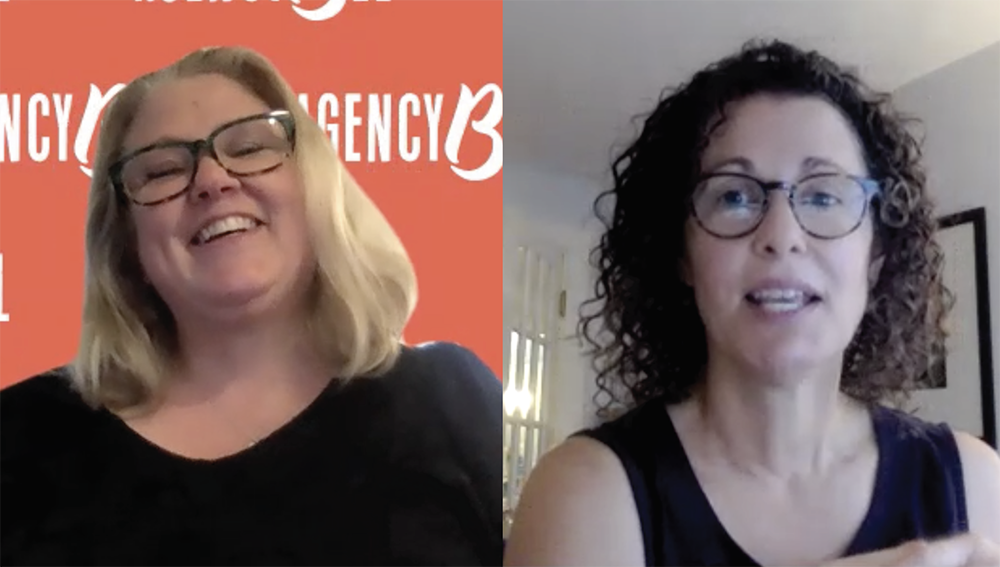
“You are bringing us up to date. Our new brand is lively, engaging and fun. We got to that by working with you during a series of group meetings where we all sat down and brainstormed. You facilitated an interactive solution. Now we have a brand, a style and a look.” — Stacey Battista, VP NAHAC board of directors
